Wet seasons present unique challenges for horse owners, particularly when it comes to hoof care. The combination of moisture, mud, and changing ground conditions can wreak havoc on even the healthiest hooves, leading to issues like thrush, white line disease, and softening of the hoof wall. Proper maintenance during these damp periods isn’t just about aesthetics—it’s essential for your horse’s comfort, performance, and long-term soundness. As the saying goes, “no hoof, no horse,” and this becomes especially true when environmental conditions turn against you. This comprehensive guide will walk you through practical strategies to keep your horse’s feet healthy and strong, even when the skies won’t stop opening up.
Understanding How Moisture Affects Hooves
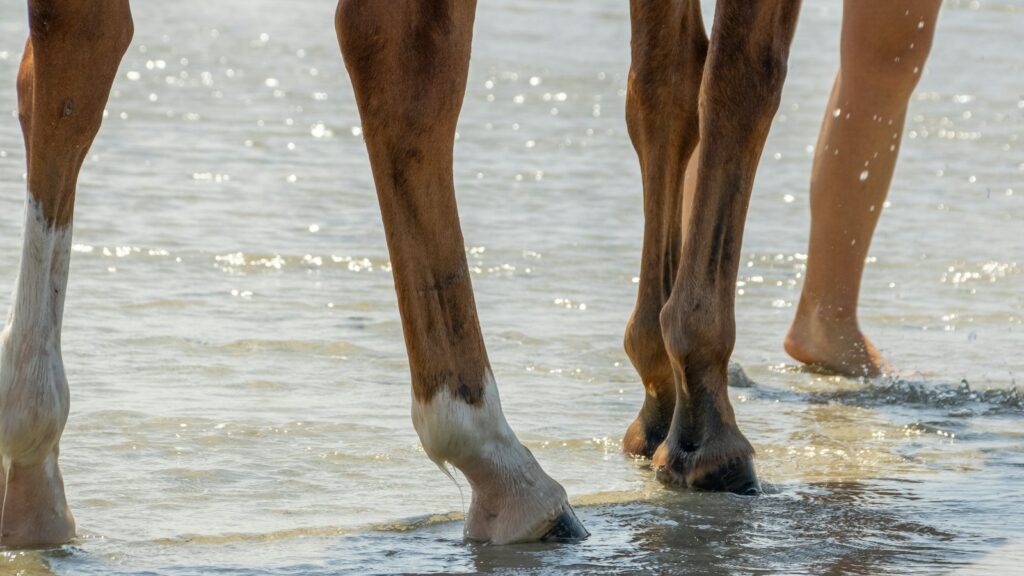
Horse hooves are remarkably similar to human fingernails in that they absorb and release moisture based on their environment, but with more significant consequences. When constantly exposed to wet conditions, hooves absorb excess moisture, causing the horn tissue to soften and expand. This expansion weakens the structural integrity of the hoof, making it more susceptible to cracks, chips, and bacterial invasions. Additionally, this softening affects the hoof’s natural shock-absorbing capabilities, potentially leading to bruising and soreness as the horse moves across varying terrain. The cycle of wet-to-dry conditions is particularly damaging, as rapid moisture changes cause the hoof to expand and contract repeatedly, creating stress on the laminar connections within the hoof.
Creating Dry Standing Areas
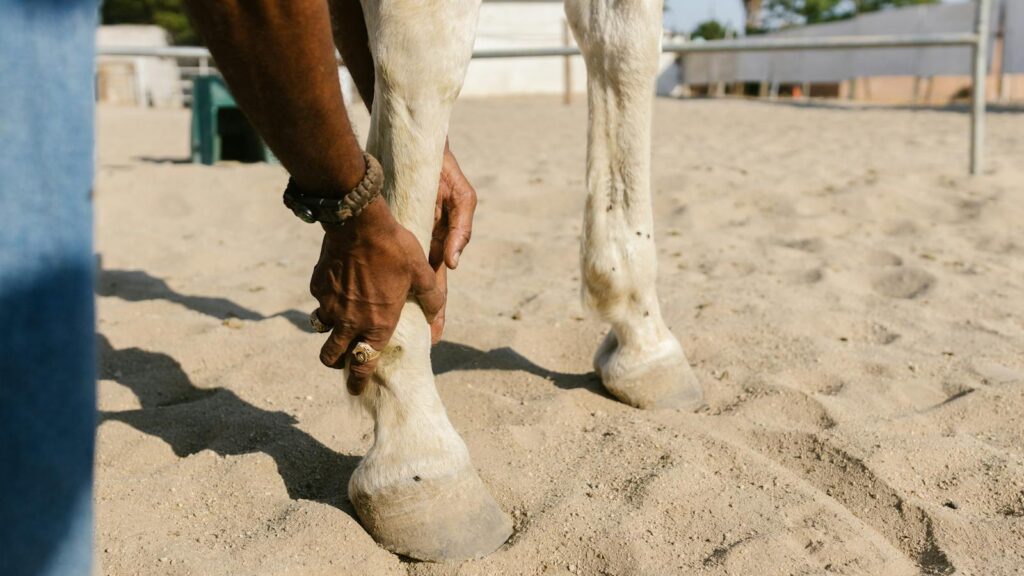
One of the most effective preventative measures for wet-season hoof care is ensuring your horse has access to dry standing areas. If you stable your horse, use ample bedding that’s changed frequently to absorb moisture and provide a dry surface. For horses kept primarily outdoors, consider creating elevated areas in paddocks using materials like crushed stone, sand, or rubber mats to provide drainage and dry footing. Some horse owners have found success with designated “sacrifice areas” – smaller enclosures with good drainage that can be used during the wettest periods to minimize damage to larger pastures and provide better footing. Even a small covered area in a field can offer crucial protection during heavy rainfall, giving hooves a chance to dry out naturally.
Establishing an Effective Cleaning Routine
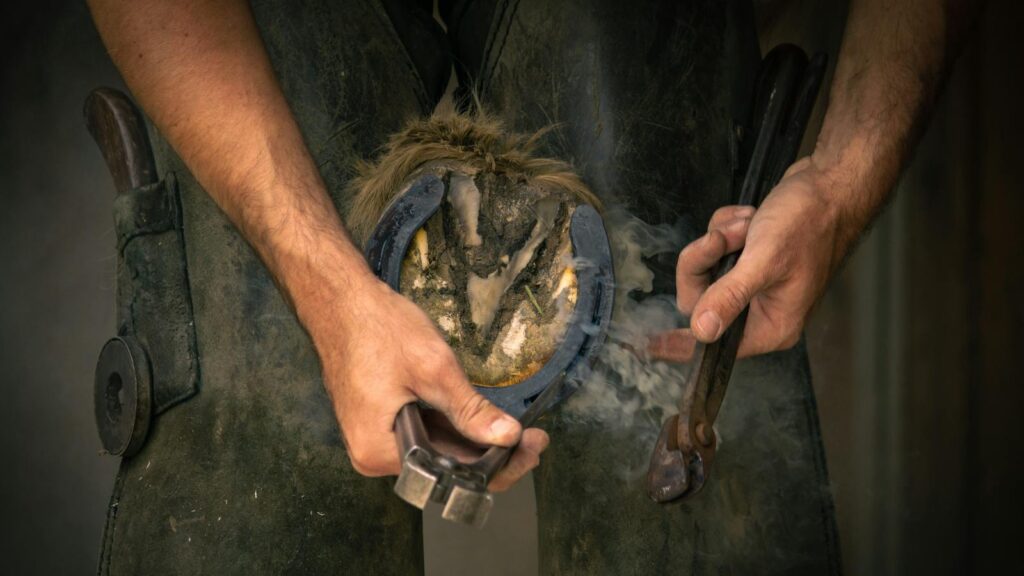
Daily cleaning becomes non-negotiable during wet seasons, as debris and bacteria thrive in damp environments. Begin by carefully removing all mud and debris from the hoof with a quality hoof pick, paying special attention to the sulci (grooves) beside the frog where thrush commonly develops. After picking, many experienced horse owners recommend using a stiff brush to thoroughly clean the entire sole surface and hoof wall. For horses particularly prone to hoof problems, consider implementing a twice-daily cleaning schedule – once in the morning and again in the evening. Remember that cleaning isn’t just about removing visible mud; it’s about creating an environment where pathogens can’t easily establish themselves in the microscopic crevices of the hoof.
Proper Drying Techniques
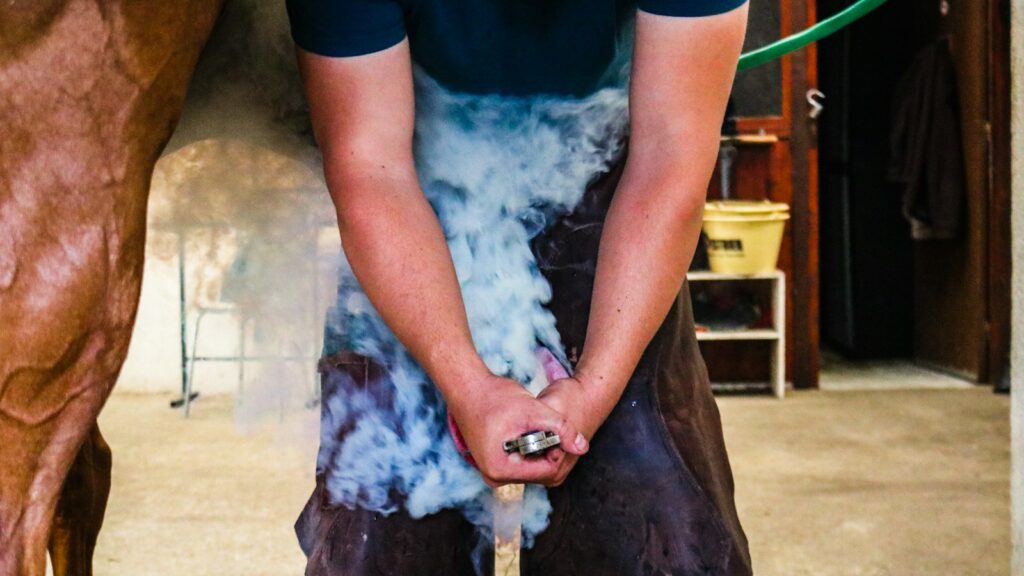
After cleaning wet hooves, proper drying is essential but often overlooked by horse owners. Instead of allowing hooves to air-dry (which can be ineffective in humid conditions), gently pat them with an absorbent towel to remove surface moisture. Some professional grooms use heat lamps in wash stalls or grooming areas to speed the drying process, being careful to position them at a safe distance to prevent overheating. For particularly saturated hooves, consider using commercial hoof-drying products that contain isopropyl alcohol or acetone, which evaporate quickly and help draw moisture from the hoof. Remember that over-drying can also be problematic, so the goal is balanced moisture levels, not completely dehydrated hooves.
Strategic Use of Hoof Sealants and Dressings
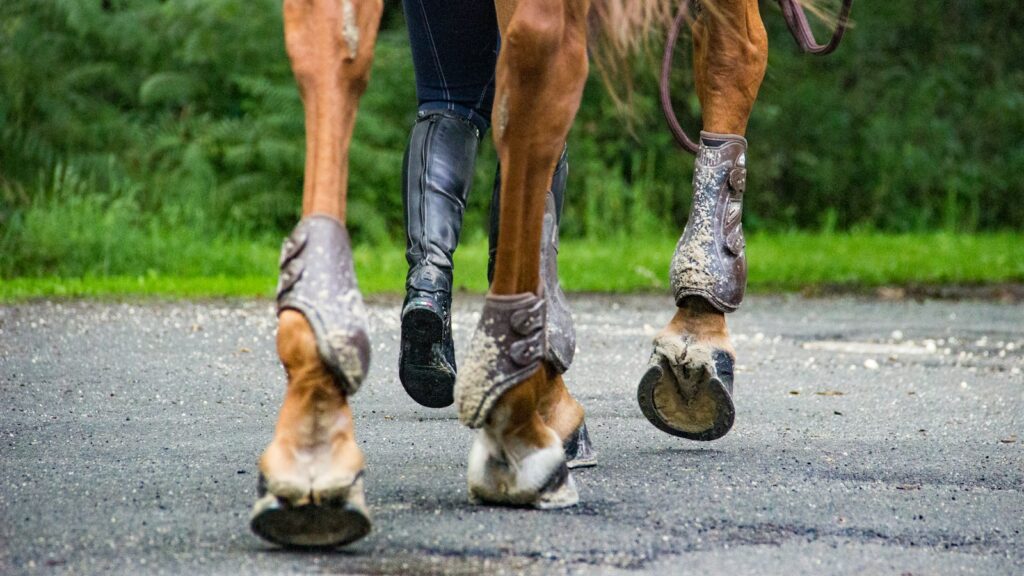
Hoof sealants and dressings can serve as valuable tools in your wet-weather arsenal when used correctly. Products designed specifically as moisture barriers can help prevent excessive water absorption when applied to clean, dry hooves. Look for breathable formulas that allow the hoof to release some moisture while blocking environmental wetness. Many farriers recommend applying these products to the outside hoof wall and along the coronary band, while avoiding the sole and frog where trapping moisture could promote bacterial growth. Timing is crucial – apply sealants before turnout or exposure to wet conditions, not after hooves are already saturated, as this can trap harmful moisture against the hoof tissue.
Nutritional Support for Hoof Health

Strong hooves start from within, making nutrition a critical component of wet-season hoof management. Ensure your horse’s diet contains adequate biotin, methionine, lysine, and zinc – all key nutrients that support healthy hoof growth and structural integrity. Many horse owners supplement with commercial hoof supplements during challenging seasons, though results typically take months to become visible as the hoof grows from the coronary band downward. Omega-3 fatty acids can also support hoof quality by improving the natural moisture balance within the hoof wall. Remember that overfeeding certain nutrients can be counterproductive, so consult with an equine nutritionist to develop a balanced approach tailored to your horse’s specific needs and existing diet.
Maintaining a Regular Farrier Schedule
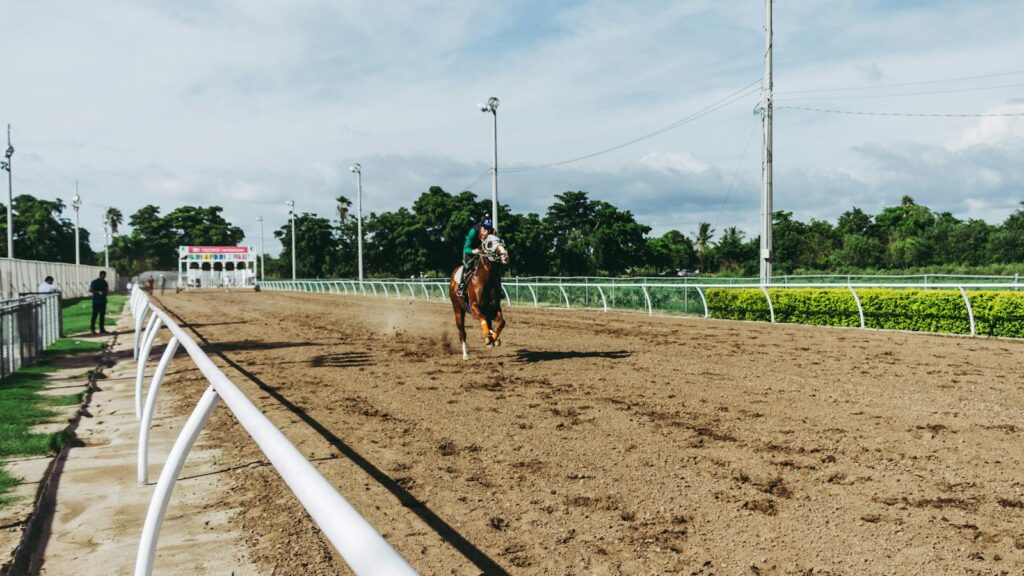
Wet conditions often accelerate hoof growth while simultaneously softening hooves, making regular farrier visits even more crucial during rainy seasons. Most horses benefit from a four to six-week trimming schedule during normal conditions, but this may need to be shortened during wet periods. Your farrier can address potential problems before they become serious, removing flares and addressing balance issues that could worsen in soft ground. Professional farriers also have the expertise to recognize early signs of moisture-related problems like seedy toe or white line disease, which can be addressed through appropriate trimming techniques. Consider scheduling appointments for the driest part of the day or in a covered area where your farrier can work with relatively dry hooves.
Considering Seasonal Shoeing Options

Strategic shoeing choices can significantly impact hoof health during wet seasons. Some horses benefit from specialized pads that help reduce moisture accumulation against the sole, while others might need specialized shoes with extra traction for slippery conditions. Horses that are typically barefoot may benefit from temporary shoeing during the wettest months to provide protection against softened hooves wearing too quickly. Your farrier might recommend snow rim pads, which create a slight barrier between the hoof and ground while still allowing for proper expansion. For horses particularly prone to thrush, some farriers utilize special packing materials beneath pads that contain antimicrobial properties to help prevent infection in moisture-prone areas.
Preventing and Treating Thrush
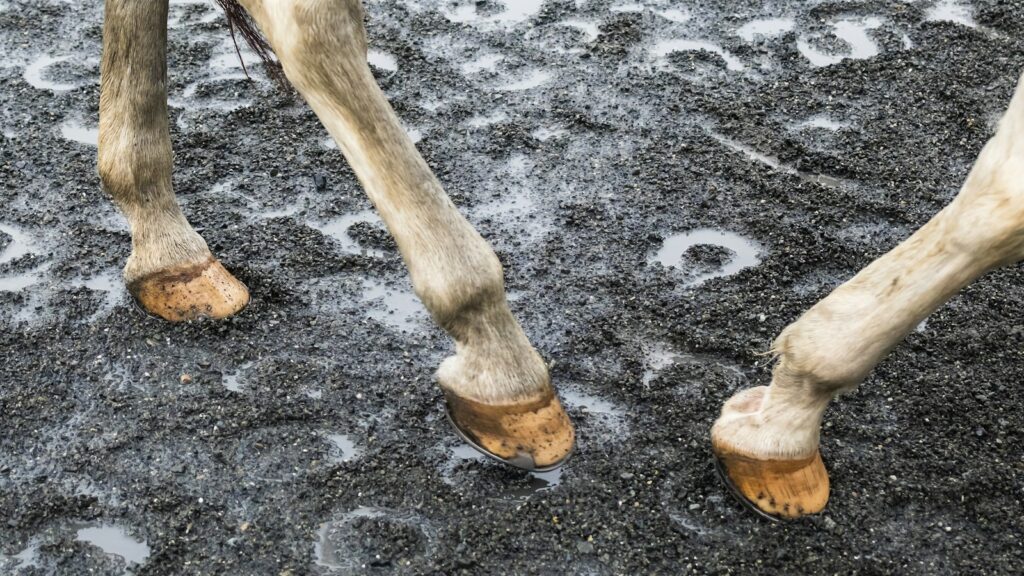
Thrush is perhaps the most common wet-season hoof ailment, characterized by a foul smell and black discharge typically originating from the sulci around the frog. Prevention begins with the cleaning routine discussed earlier, but also involves ensuring horses don’t stand in their own waste or in areas with poor drainage. For treatment of mild cases, commercial thrush products containing ingredients like copper naphthenate, providone-iodine, or metronidazole can be effective when applied according to the product instructions. For more advanced cases where the infection has penetrated deeper tissues, veterinary involvement becomes necessary, possibly including antibiotics or specialized treatments. Remember that thrush thrives in anaerobic (oxygen-deprived) environments, so keeping the sulci clean and exposed to air is fundamental to both prevention and treatment.
Managing Paddock and Pasture Conditions
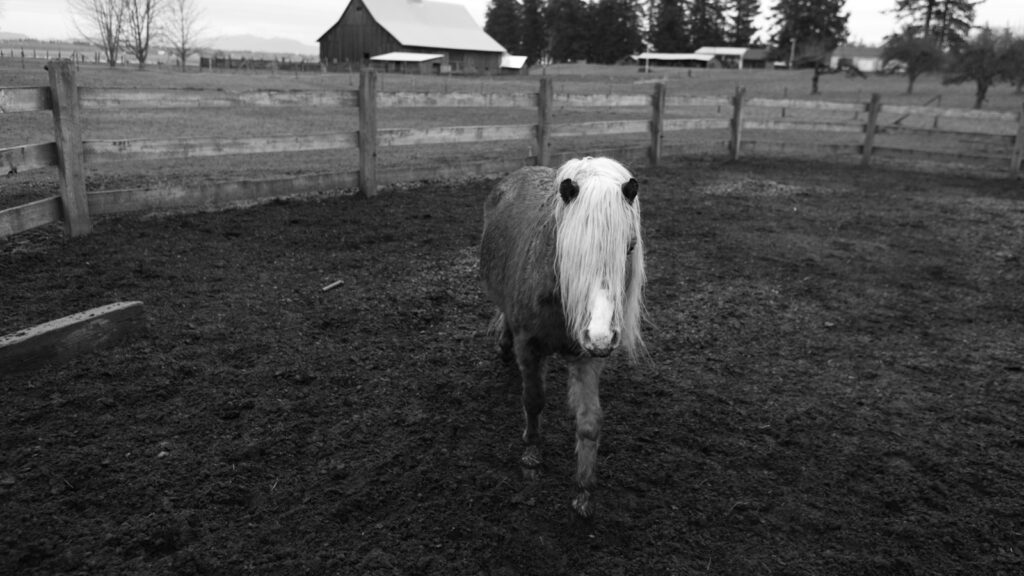
How you manage your horse’s turnout areas can dramatically impact hoof health during wet seasons. Consider implementing rotational grazing practices to prevent any single area from becoming a muddy quagmire. High-traffic areas around gates, water troughs, and feeding stations benefit from improved drainage systems, such as French drains or the addition of geotextile fabric covered with crushed stone. Some property owners install gutters on run-in sheds and barns to direct rainwater away from heavily used areas, preventing unnecessary pooling around structures where horses frequently stand. For existing muddy areas, products like wood chips or commercial mud-control pellets can provide temporary improvement while you develop longer-term drainage solutions.
Using Boots and Wraps Strategically
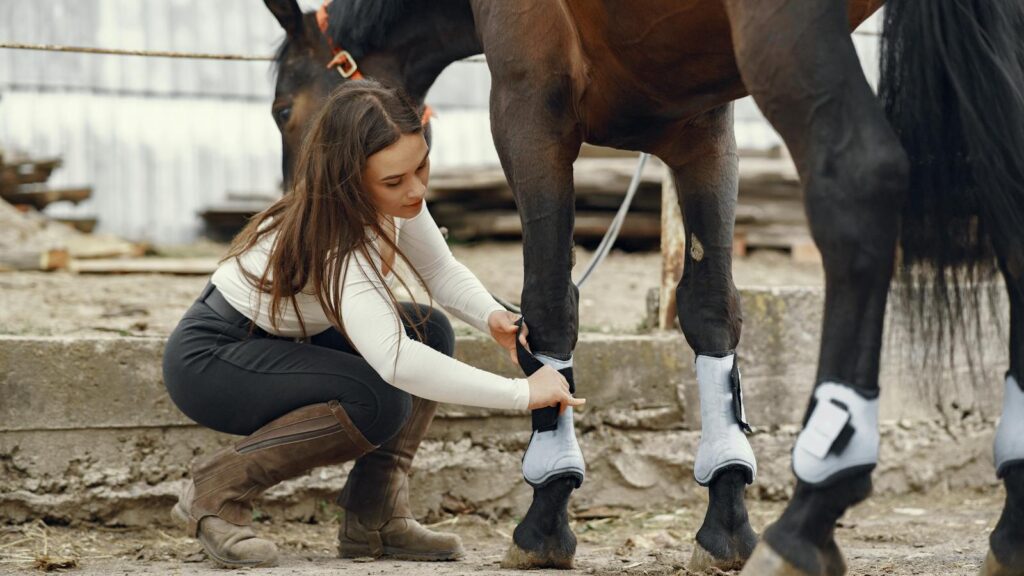
Protective boots can serve multiple purposes during wet conditions, from providing extra support on slippery ground to keeping hooves cleaner during turnout. Turnout boots designed specifically for wet conditions typically feature breathable, waterproof materials that prevent excessive moisture accumulation while protecting the hoof wall and sole. When using boots, proper fit is critical – too tight and they can restrict circulation, too loose and they can rub or twist, potentially causing injury. Most importantly, boots should never be left on continuously, as they need to be removed regularly for hoof cleaning and drying to prevent creating a warm, moist environment perfect for bacterial growth. Many professional horse managers use boots situationally – during exercise in slippery conditions or for short turnout periods – rather than as a constant protection.
Recognizing When to Call the Vet

Despite your best prevention efforts, sometimes professional veterinary intervention becomes necessary. Learn to recognize the warning signs that indicate a hoof problem has progressed beyond basic first aid. Persistent lameness, sudden severe sensitivity to pressure, heat in the hoof or digital pulse, or any unusual swelling around the coronary band warrants immediate veterinary attention. Advanced thrush cases where the tissue appears red, raw, or bleeds easily should also trigger a call to your veterinarian. Certain moisture-related conditions like white line disease can progress silently until a significant portion of the hoof wall has been compromised, making regular professional evaluation crucial even when obvious symptoms aren’t present.
Creating a Seasonal Transition Plan
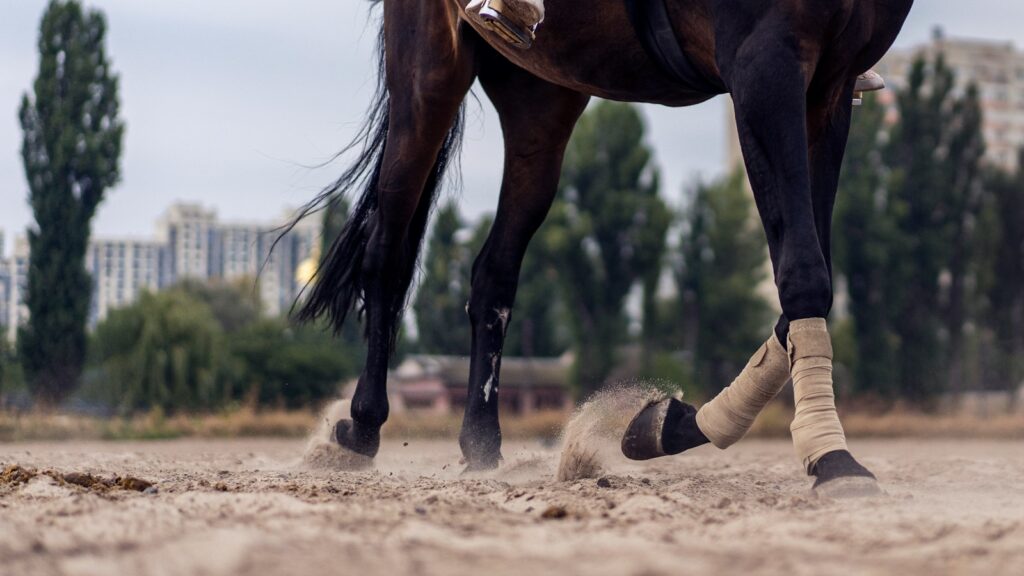
As seasons change, having a transition plan helps maintain hoof health during shifting environmental conditions. When moving from dry to wet seasons, gradually increase preventative measures like sealant application and cleaning frequency before conditions deteriorate fully. Similarly, when transitioning back to drier weather, slowly reduce moisture-retention strategies to prevent hooves from drying too quickly and becoming brittle. Some horse owners maintain a calendar of seasonal hoof care adjustments based on local weather patterns, including changes to turnout schedules, supplement programs, and farrier visit frequency. This proactive approach allows the hooves to adapt gradually to changing conditions rather than suffering from abrupt environmental shifts.
conclusion
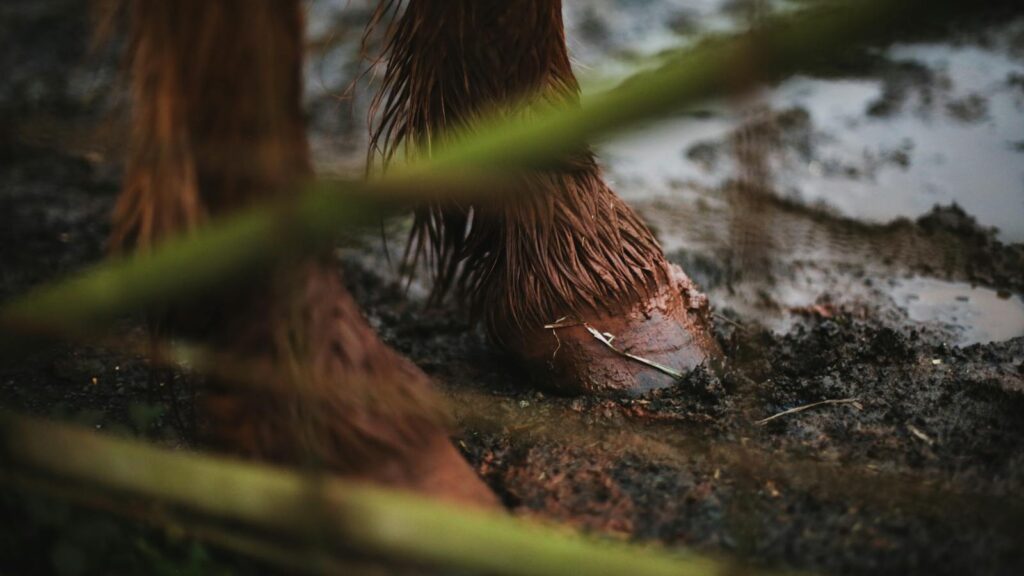
Maintaining healthy hooves during wet seasons requires vigilance, consistency, and a multi-faceted approach. By understanding how moisture affects hoof structure, implementing proper cleaning and drying routines, providing appropriate nutrition, and working closely with your farrier and veterinarian, you can successfully navigate even the dampest conditions. Remember that prevention is always easier than treatment, and small daily efforts add up to significant protection against common wet-weather hoof problems. With these strategies in place, your horse can remain comfortable and sound regardless of what the weather brings, ensuring that muddy conditions don’t sideline your equine partner or compromise their long-term hoof health.







